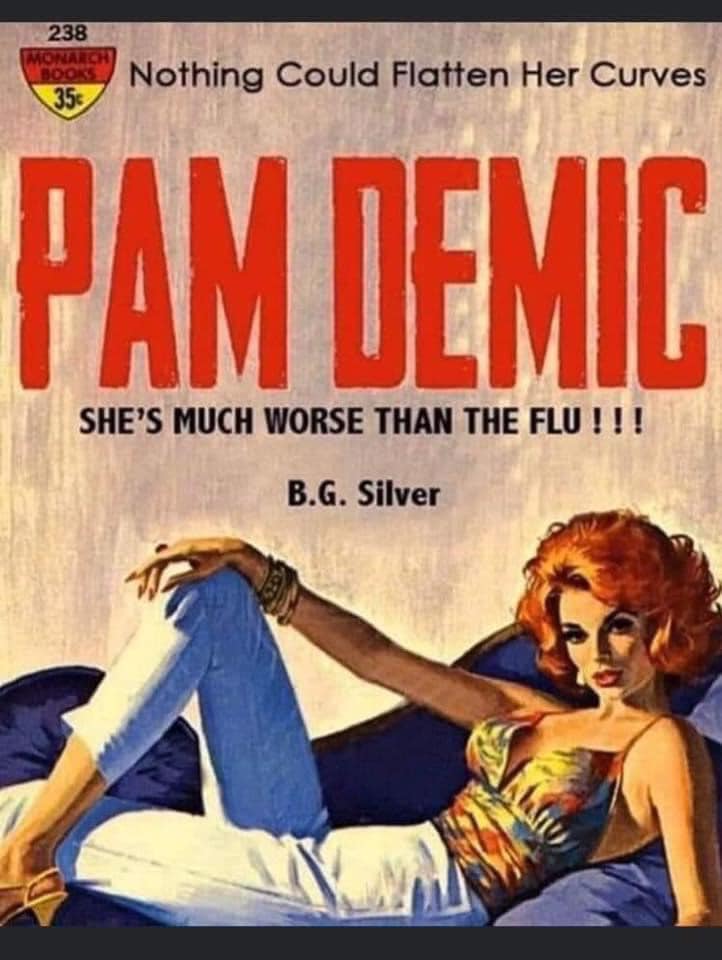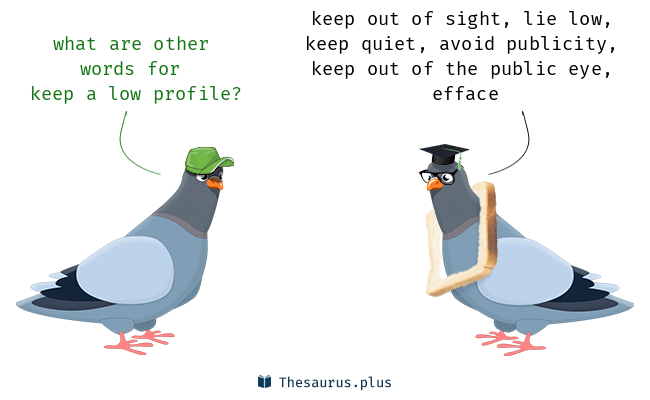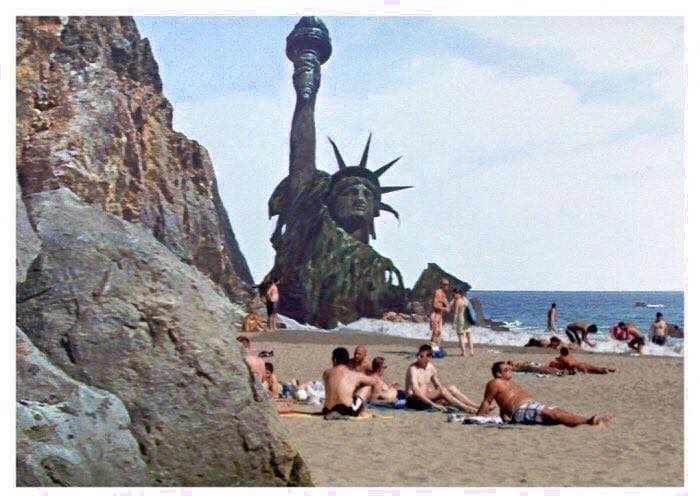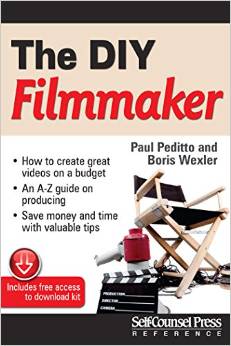Good Reader…
Is it fate? Two months to the day since I posted here. The world has changed. The picture from my last post in April was of the Red Apple Swedish buffet on Milwaukee Avenue in Chicago. Go to the website now, you’ll see it’s temporarily closed. Been that way for months. Will it ever come back? Perhaps, after the COVID-19 vaccine, after science catches up with this Plague that has made every day since mid-March a walk through your own private Twilight Zone episode.
You’ve seen the chart from Johns Hopkins. I’ve vowed to ween myself off it but like a bad habit, I find myself back there once a day. U.S.A just moved over 2,000,000 positive cases. 113,000+ dead. Look at Brazil, closing the gap! Holy shit, India is up to 5th, Peru 8th, Mexico right behind and don’t fall asleep on Chile, threatening the “top 10″…
Alas, these aren’t video game stats.
These are people, man.
Here in Chicago we contribute 10% of the U.S.A daily counts of positives and deaths. Every day. Day after day. It’s been getting better here, or so they tell us. Only 90 dead yesterday? Just 750 positives?
It’s enough to make you go ostrich.
Me? I’ve decided to try to stay positive. I moved closer to the beach. Grab that Vitamin D3 sun. Walk the sand and shut my brain down. Fantasize where I’ll go when I can travel again–the magical day I won’t fear locking myself into a flying metal tube at 36,000 feet for 15 hours with 300 mouth-breathing, potentially disease-breeding people behind me, beside me, in front of me, all at less than 6-feet distance.
Shit will drive you CRAZY–if you let it. I choose to not let that happen. I hope you do too, Good Reader. In whatever corner of the world this Twilight Zone episode finds you. I hope you not just survive, but do it with style, finding small victories where you can. And don’t forget the advice from HILL STREET BLUES, all those years ago:
Also, wanted to pass along some links on the biz, which is ramping up in earnest–or is at least scheduled to ramp up this week in Los Angeles.
I have been interested in on-set protocols, the small detail of what this Brave New World will look like. We saw a preview of it a couple weeks back when Georgia came out with a Best Practices Guide for Film and TV aimed at the restart of production. Here’s a piece of the Deadline.com article.
“The recommendations also include talent wearing masks except when on camera, using a clear barrier between actors while establishing marks and positions, employing camera trickery to make actors appear closer together than they are, reducing the number of background performers when possible, doing as much location scouting and casting virtually as possible, eliminating sharing of mics, camera, electric and grip equipment as well as costumes, encouraging cast and crew members to use personal transportation and actors to arrive on set in their own wardrobe and makeup while discouraging touchups and makeup for background performers, staggering meal schedules and using take-away food and limiting the number of passengers in transportation vans to two.”
“Insurers already absorbing thousands of claims from film and TV productions that shut down abruptly in March (and across myriad other industries) aren’t even sure how deep their losses run. So they have hit pause on policies covering COVID-19. Studios can find ways around this, but even they are uncomfortable. Without the availability of proper insurance, many independents fear they cannot resume production because their bank financing is tied to insurance and completion bonds. If they’re forced to cover potential shutdowns themselves, the results could be catastrophic if, say, an actor gets sick an entire production shuts down 14 days or longer, with many department heads contracted to continue to be paid on a daily basis.”
So, if a grip or gaffer turns up positive, you can replace them. But if Robert DeNiro tests positive, who picks up the tab while we shut down the production for two weeks(assuming it’s just two weeks and he can return)?
Speaking of picking up the tab, from the same article…
“Lloyd’s of London, the world’s largest insurance exchange, said Thursday it will pay out up to $4.3 billion to its global customers as a result of the coronavirus outbreak. It estimates the industry will suffer around $203 billion in losses from the pandemic this year, including about $107 billion from underwriting claims, with the rest from investment portfolios.
A half dozen brokers and completion bond experts Deadline spoke with said all parties involved in TV and film production are having preliminary conversations. They know this has to be sorted but are still trying to figure out who will take the hit.”
One last thing on insurance. What happens when you come to work on set and are presented with an insurance waiver that states that if you come down with the virus on set that neither the production or insurance companies are financially responsible for potential hospital costs. You must sign the waiver to work. Or, put another way, nobody is forcing you to sign, but if you don’t, you don’t work and don’t get paid. What do you do?

And this just in, Breaking News! The Hollywood Unions (DGA, SAG-AFTRA, IATSE and TEAMSTERS) have come up with their protocols for returning to production, shown in this Deadline.com article….
Here’s a piece of it…
“Testing Frequency and the Zone System
The guidelines lay out that:
· Every member of the cast and crew be tested for active COVID-19 infection before their first day of work to ensure they are not shedding the virus. Cast and crew members will then be subject to regular testing protocols during the course of their work on the production.
· Given that performers are uniquely vulnerable for the reasons described above, the Guidelines require a higher testing frequency of at least three times a week at minimum for them as well as those with whom they come into close contact.
· Individuals who work in areas like the production office – where physical distancing and PPE can be utilized – can be tested less frequently, at a minimum of once a week. Other variables impacting testing frequency include the prevalence of the virus in a given community, and the rate that the infection is being spread.
In order to ensure that these different sections of the production environment are tightly controlled, the guidelines require the implementation of a specialized “Zone” system laying out barriers within which those on set can flow based on proximity to cast, level of testing, PPE and the extent to which physical distancing can be observed in the performance of their work. Cast and those with whom they come into frequent contact would be grouped in Zone A, while other individuals on set would be grouped in Zone B. The Zone system is the structure and foundation around which all on-set Covid-19 safety decisions should be engineered. A detailed tour of the inner-workings of the Zone system is included in the Guidelines.“
Should be interesting to see how it all plays out. If you find yourself on set, stay safe out there.
Keep that profile low.



